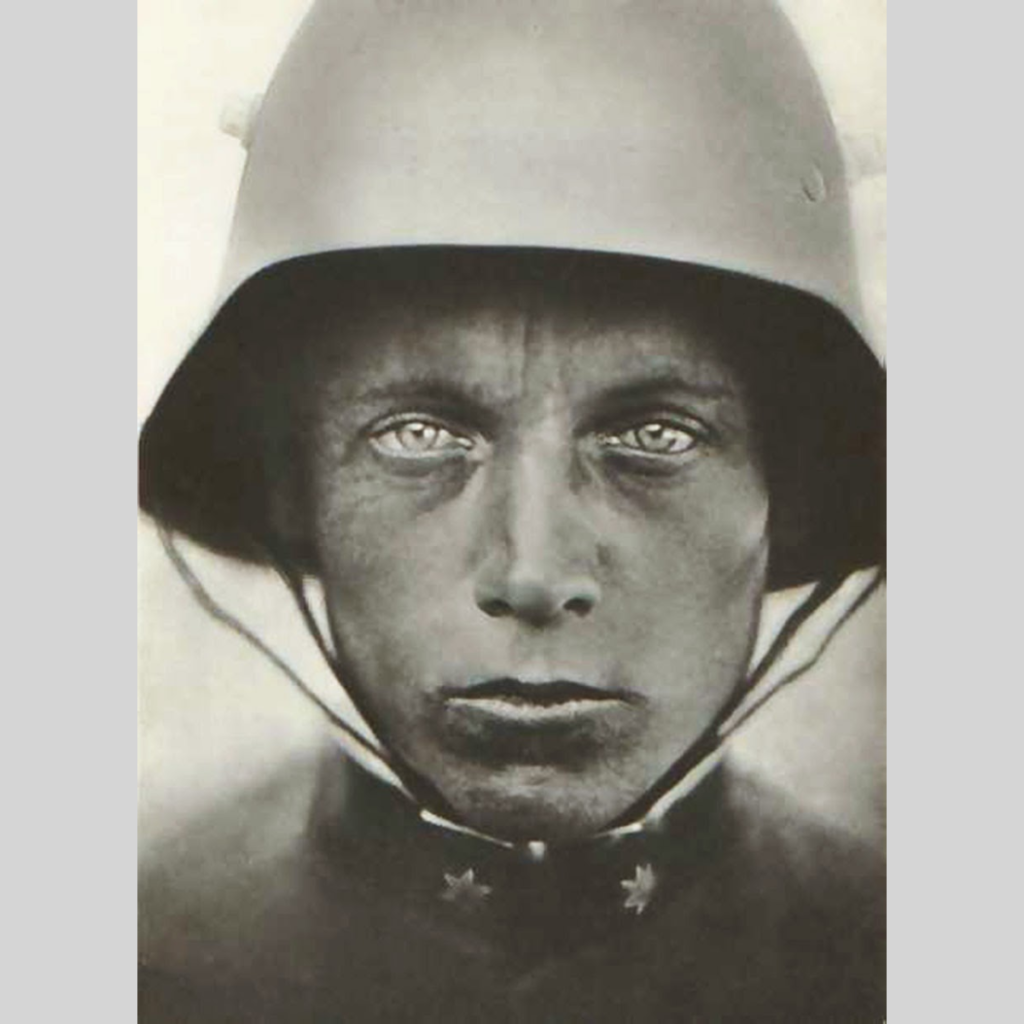
In case you’re wondering, those lugs on the side of his Stahlhelm helmet were combination air vents and mounting lugs for an extra armor plate for nervous soldiers. Few soldiers used these Stirnpanzer plates and lugs were deleted from later helmets.
The plates were issued for specialized roles, snipers, machine gun crews, raiding parties, soldiers that might have to expose the top of their head more often.
The German World War One Stahlhelm is a masterpiece of engineering. The shape provided optimal bullet protection while maintaining great usability (a decorated doctor and a university engineer designed it).
It was the best helmet around the trenches in war, its distinct design influenced modern helmets. The Austrian-Hungarian helmets, a variation of Stahlhelm, were manufactured by Krupp Berndorfer Metallwarenfabriken, and were brown in color.
The Austrian-Hungarian uniform jacket was more of a blue-grey similar to the horizon blue of the French Army than to any shade of field grey. Badges of rank were worn on patches on a stand collar.
Fitted to some but not all blouses was a shoulder roll on the right shoulder to facilitate the carrying of a rifle. Officers’ blouses were not fitted with shoulder straps.
From 1915 onward the jackets were produced in various shades of field grey and field green usually with a stand and fall collar and due to supply and production difficulties captured Italian tunics were taken into use.
